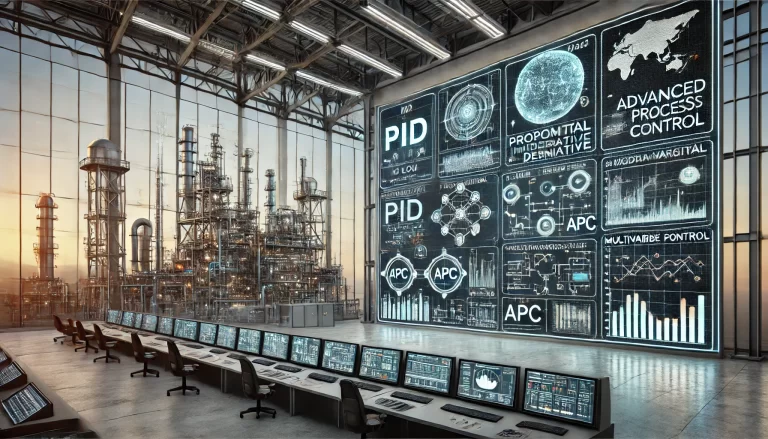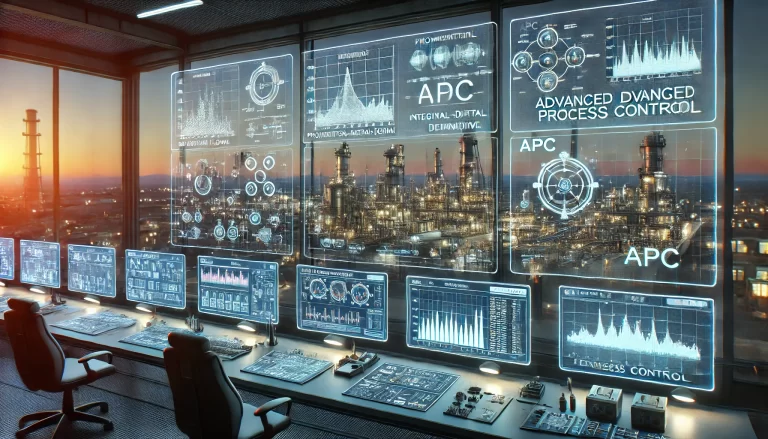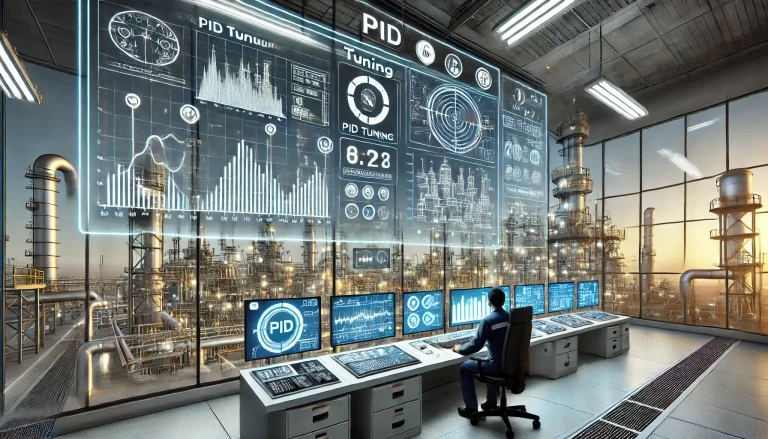Advanced control techniques have gained significant traction in the industrial sector, a fact that is widely recognized. However, the underlying reasons for their widespread adoption remain a topic of debate. While many believe that algorithms and models are the primary drivers of advanced control’s success, this article presents an alternative perspective. In single-variable control scenarios, the difference between advanced control and PID (Proportional-Integral-Derivative) control is minimal. Historically, PID has remained dominant in factories for over a century due to its robustness and simplicity, outperforming efforts to replace it with other single-variable control algorithms. This raises an important question: why has advanced control gained such prominence despite PID’s enduring effectiveness? The answer lies in its ability to address challenges that PID cannot effectively solve. Let’s delve into the key engineering factors that make advanced control indispensable in industrial settings.
1. The Limitation of PID Control in Multi-Variable Optimization
While PID is a powerful tool for single-variable control, it struggles in multi-variable coordination and optimization tasks, which are increasingly common in complex industrial processes. Advanced control techniques were specifically developed to handle these multi-variable constraints and optimization problems. As systems become more intricate, with numerous control and measurement points, the need for coordinated optimization grows exponentially. This is where advanced control truly excels, offering capabilities that PID fundamentally lacks.

2. Greater Flexibility in Control Degrees of Freedom
In many engineered systems, the number of available measurement points often exceeds the number of manipulation points. PID control requires reformulating problems into paired single-variable controls, which often leads to suboptimal solutions or increased complexity. Advanced control, however, can directly manage situations where the number of controlled variables and manipulated variables differ. For instance, balancing temperatures across multiple branches or leveling liquid across multiple tanks can be easily achieved using advanced control without the need to create intermediary variables. This flexibility is a game-changer in modern industrial applications.
3. Enhanced Adaptability and Continuous Improvement
One of the standout features of advanced control is its adaptability. When boundary conditions or operational philosophies change, advanced control allows for real-time adjustments to models and control parameters. This makes it far superior to PID-based solutions, which often require significant reconfiguration and recalibration. For example, in situations where reflux is initially used to control a tank’s liquid level, but the reflux rate becomes constrained, advanced control can seamlessly switch to using steam for the same purpose. This level of adaptability supports ongoing process optimization and continuous improvement, crucial in dynamic industrial environments.
4. Improved Safety and Reduced Risk
Implementing complex control schemes using PID often involves configuring numerous details within a DCS (Distributed Control System), increasing the risk of errors. Mistakes in configuration, logic design, or parameter tuning can lead to operational disruptions or safety hazards. In contrast, advanced control reduces these risks significantly. Its implementation is less prone to errors, and any issues can be addressed with minimal impact. Moreover, since it often requires fewer manual interventions and configurations, advanced control offers a safer and more reliable alternative for complex industrial processes.

5. Cost-Effectiveness in Solving Complex Problems
Advanced control becomes particularly economical as the complexity of the control problem increases. While it may not always be cost-effective for simple tasks involving only a few variables, its comprehensive cost advantages are evident in large-scale industrial systems, such as petrochemical plants. By simplifying the implementation of complex control schemes and reducing reliance on highly skilled personnel, advanced control significantly lowers both implementation and operational costs.
6. Unified Implementation of Complex Control Strategies
Advanced control eliminates the need for explicit construction of new variables or intricate logic handling, as required in PID-based complex control schemes. For instance, advanced control can handle tasks like split-range control, override control, or valve positioning directly through models and parameters. This simplicity, combined with its ability to integrate seamlessly into existing systems, makes advanced control an appealing choice for industries seeking efficient and effective solutions.

Conclusion
Advanced control’s success in industrial applications stems from its ability to address challenges that PID control cannot effectively resolve. Its strengths in handling multi-variable coordination, flexibility, adaptability, safety, cost-effectiveness, and simplicity make it indispensable in today’s complex industrial landscapes. While PID continues to serve as a reliable tool for single-variable control, advanced control is the future for addressing the growing demands of modern industries. Incorporating advanced control solutions not only enhances operational efficiency but also supports the long-term sustainability of industrial processes.
